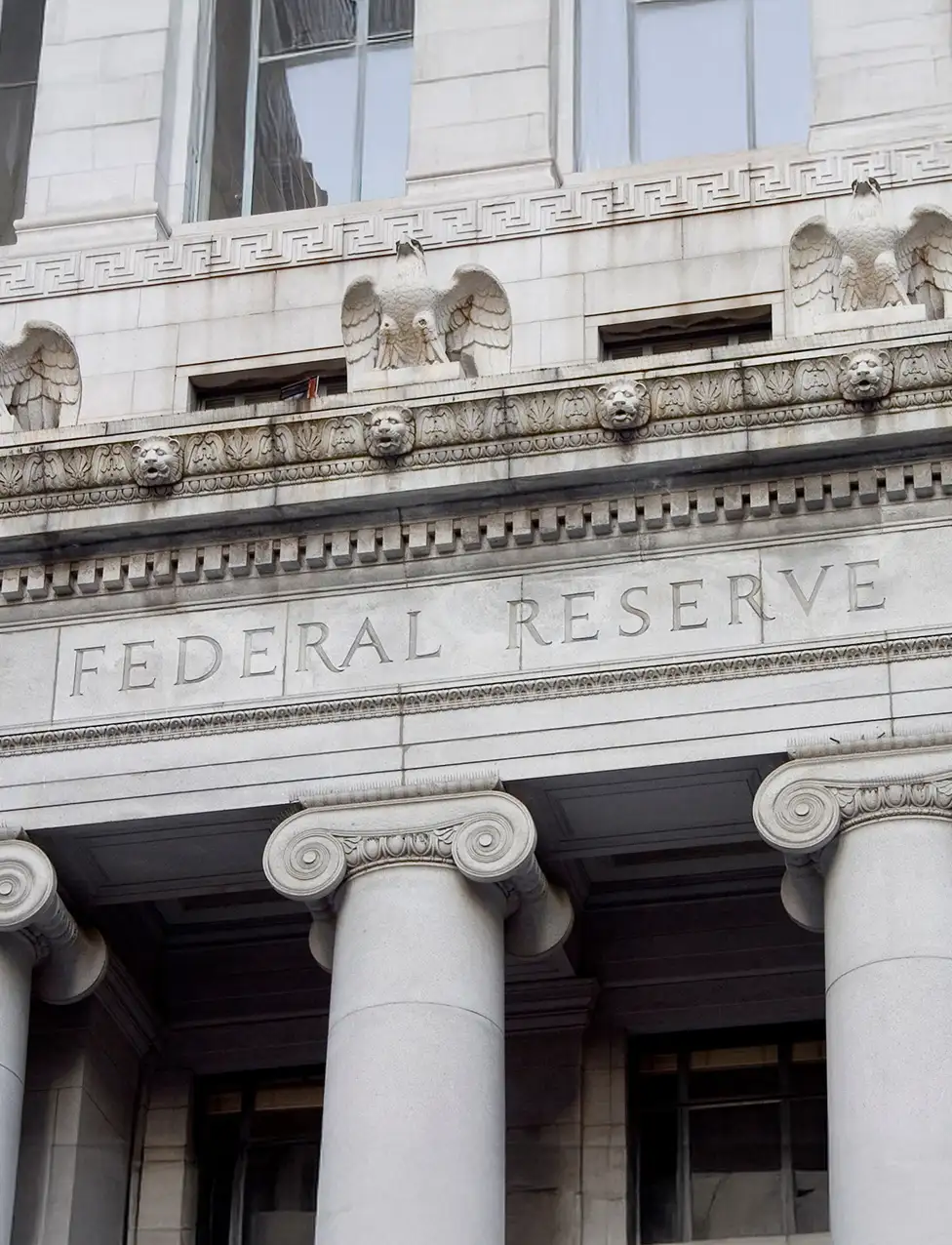HELOC vs. home equity loan—what’s the difference?
Let’s start with the basics: home equity lines of credit (HELOCs) and home equity loans are both ways to borrow money against the equity you’ve built in your home. However, they work differently. A HELOC gives you an adjustable-rate line of credit to draw from as needed. In contrast, a home equity loan provides a lump sum of money up front at a fixed interest rate.
Here, we’re focusing on rate structure. With a HELOC, your rate can rise or fall with market conditions, which means your monthly bill could change. With a home equity loan, your rate stays locked for the entire loan term, giving you predictable payments. If you’re looking for a deeper dive into how they compare, learn more here.
HELOC vs. home equity loan
| Feature | HELOC | Home equity loan |
|---|---|---|
| Borrowing style | Flexible, borrow as needed | One-time lump sum |
| Rate type | Variable, tied to the market | Fixed for the loan term |
| Payment structure | Revolving debt, pay interest only on what you use during the draw period | Predictable monthly payments |
| Term | Ongoing line of credit | Fixed term (usually 5–30 years) |
How the Fed & prime rate move together
The Federal Reserve tweaks its federal funds rate—what banks charge each other for overnight loans—to influence inflation and employment. When the Fed revises this rate, it impacts important interest benchmarks like the prime rate, which lenders use as a rate-setting guide. Typically, the prime rate is about 3% higher than the Fed rate.
Here's what that means for you: when the Fed changes its rate, the prime rate shifts in the same direction. That’s when lenders adjust their HELOCs and sometimes home equity loan offers. However, if you already have a home equity loan with a fixed rate, your payments stay the same. If you have a HELOC, expect your rate to move with the market.
How lenders set rates: key terms explained
When lenders price loans, they start with the prime rate and add on other factors. Here are the basics you’ll see in your loan paperwork:
Index: The benchmark rate your loan follows, usually the prime rate.
Margin: A set percentage added to the index based on factors like your credit score, home equity and market conditions.
Spread: The gap between your total rate and the benchmark.
Floor: The lowest rate you'll pay on a HELOC, regardless of the prime rate.
Cap: The highest rate you’ll pay on a HELOC, protecting against large rate hikes.
When & how HELOC rates adjust
Adjustment timing and billing cycles
When do HELOC rates change? While market rates may shift daily, your personal HELOC rate will usually adjust periodically. When shifts do happen, they can happen pretty quickly. You might notice a change in your rate and payment within one or two billing cycles, typically in one to two months.
Example timeline after a rate change
Let's walk through what might happen when the Fed makes a rate cut:
- Fed decision: The Fed announces a 0.25% rate cut, say, from 4.25% to 4.00%.
- Prime rate adjustment: The prime rate follows suit, dropping from 7.25% to 7.00% in the subsequent days.
- HELOC rate shift: Your HELOC rate changes on the next scheduled adjustment date. If your margin is 1%, your rate could go from 8.25% to 8.00%.
- New billing cycle: Within one or two billing cycles, you see a drop in your HELOC rate and a lower monthly payment.
How home equity loan rates react
What about the federal funds rate and home equity loans? Unlike HELOCs, home equity loans come with fixed rates. That means if you already have one, your monthly payment won’t change when the Fed adjusts interest rates—unless, of course, you refinance later.
If you’re shopping for a new home equity loan, Fed rate changes can influence the rate lenders offer you. Ultimately, the rate you receive will depend on market conditions, your credit profile and the equity you’ve built.
Risk scenarios & what homeowners should watch
For HELOC borrowers, the primary risk is the variable interest rate, which can lead to higher payments. Let’s put that into context so you can avoid payment shock.
Payment shock examples
Rate hikes in action
Let’s say you have a $30,000 HELOC starting at 8.00% APR over a 20-year draw period. Here’s how rate hikes could affect your monthly bill.
| APR change | Monthly payment |
|---|---|
| 8.00% | $251 |
| 8.50% | $260 |
| 9.00% | $270 |
| 10.00% | $290 |
*For illustrative purposes only. Examples based on an interest-only HELOC with a 20-year draw period.
When rate drops may be limited
Naturally, we all want the lowest interest rate. But there are limits to how far and fast rates can drop. A few common restraints include:
Floors: If your HELOC has a minimum rate, you won’t see it drop below that level even if the Fed continues to cut.
Margins: Lenders add a fixed percentage to the prime rate.
Lender policies: Some lenders may structure the timing of rate adjustments differently.
Market dynamics: A Fed rate change is just one factor that influencers borrowing costs. Other market conditions or economic factors can keep rates high or delay a decrease.
PRO TIP
Use our HELOC Calculator to preview how rate changes may affect your monthly payment. Input different floor and cap rates to explore best- and worst-case scenarios before you take on a HELOC.
How to mitigate rate risk
Let’s cover some steps you can take to help protect yourself from those rate hikes:
- Pay down balances faster: If you can afford it, putting extra money toward your HELOC balance can reduce the amount exposed to rate changes. When you shave down the principal, you rack up less interest overall.
- Convert part of a HELOC to a fixed rate: Some lenders let you lock in a portion of your balance at a fixed rate. This gives you temporary rate stability, but you may face potentially higher rates, conversion fees or missing out on future rate cuts for the fixed portion.
- Refinance: If you aren’t happy with your terms, you might consider replacing your current loan to get a lower fixed rate or more favorable repayment structure. Before you refinance, make sure you plan to stay in your home long enough to recoup the closing costs.
- Understand your terms: It may sound obvious, but diving into the details of a prospective or current loan could save you surprises down the road. When you know key details like the margin, floor or cap, you’re in a better position to handle rate hikes.
PRO TIP
Remember that your personal finances—including your credit profile, available equity and long-term goals—will ultimately shape what borrowing option makes the most sense, no matter what the Fed decides.



